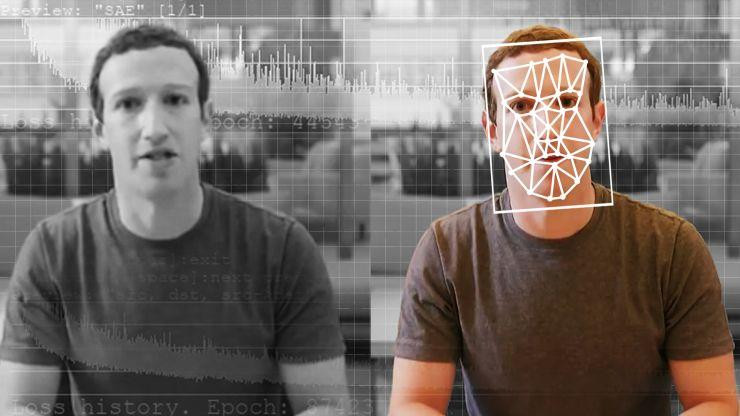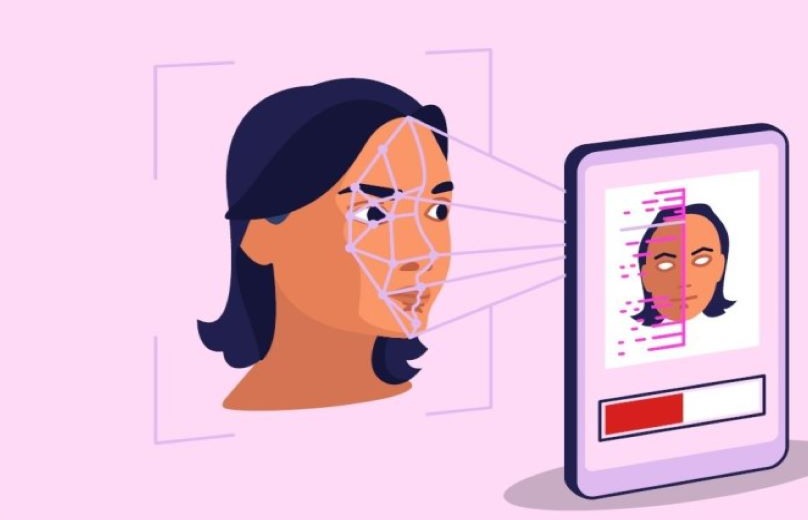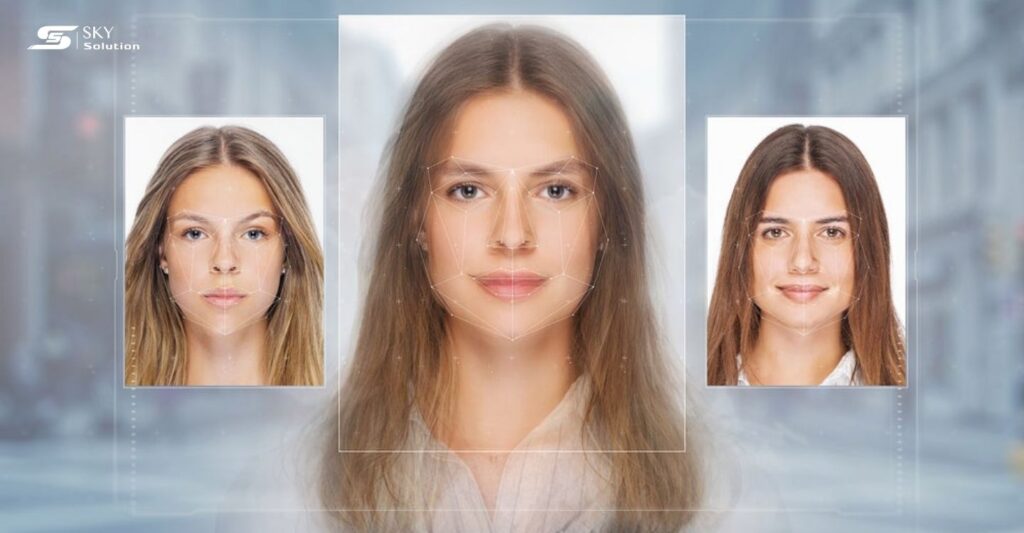In the digital transformation era, deepfakes have rapidly evolved from experimental curiosities to serious threats, jeopardizing enterprise security, brand reputation, and stakeholder trust. As synthetic media becomes more convincing, the need for robust detection mechanisms has never been more urgent.
This article explores how computer vision technologies can be effectively harnessed to detect and mitigate deepfakes, offering practical insights into core principles, detection techniques, and the strategic business value of staying ahead in the fight against digital deception.
What is Deepfake Detection with Computer Vision?
Deepfake detection with computer vision is a technology-driven method for identifying manipulated or artificially generated images and videos. Instead of relying on manual observation—which is often limited and prone to error—this approach uses artificial intelligence and machine learning to automate the analysis of visual content at scale.
By training deep learning models on large datasets of both authentic and altered media, computer vision systems learn to spot subtle anomalies in facial expressions, lighting, textures, and movements—details that even the most sophisticated deepfake algorithms struggle to replicate flawlessly.
This method is highly scalable, objective, and integrates well with existing tools for video forensics, identity verification, and digital investigation workflows, making it a critical asset in combating misinformation and synthetic media threats.

Understanding Deepfake Creation vs. Detection
Deepfake creation uses powerful AI models, such as Generative Adversarial Networks (GANs) and diffusion models, to synthesize highly realistic visual content. These systems learn from massive datasets, enabling them to mimic real human faces, expressions, and movements with impressive accuracy.
Deepfake detection, in contrast, is a defensive discipline. It focuses on:
- Identifying inconsistencies and digital artifacts left behind by generative models.
- Leveraging image forensics and facial analysis to uncover subtle clues invisible to the naked eye.
- Using anomaly detection and content verification techniques to assess video authenticity and media integrity.
The rapid evolution of deepfake generation means that detection methods must continually advance, creating an ongoing technological arms race.
How Computer Vision “Sees” a Deepfake: The Core Principles
Looking for What Humans Miss
Computer vision systems excel at identifying patterns and anomalies that are imperceptible to humans. They analyze:
- Biological signals: Such as micro-expressions, heart rate variations, and eye movement, are difficult for synthetic media to mimic consistently.
- Digital artifacts: Including unnatural lighting, inconsistent shadows, and pixel-level irregularities.
- Temporal inconsistencies: Subtle errors in motion, lip-sync, or facial dynamics across frames.
By combining these signals, computer vision enables robust media authentication and video authenticity checks at scale.

A Simplified Detection Pipeline (Illustrated)
- Data Ingestion: Extract frames and facial regions from images or videos.
- Feature Extraction: Use convolutional neural networks (CNNs) to analyze spatial details such as skin texture, edge sharpness, and color distribution.
- Temporal Analysis: Employ recurrent neural networks (RNNs) or transformer models to assess sequence consistency and detect abnormal motion.
- Anomaly Detection: Flag deviations from learned patterns using machine learning classifiers.
- Reporting & Integration: Deliver results to enterprise dashboards for real-time decision-making and content verification.
Key Computer Vision Techniques for Deepfake Detection
Technique 1: Analyzing Biological & Physiological Signals
- Remote Photoplethysmography (rPPG): Measures heart rate signals from facial pixels. Authentic videos show consistent blood flow patterns; deepfakes often lack these physiological cues.
- Micro-expression Analysis: Tracks involuntary facial movements and subtle expressions using facial landmark mapping. These soft biometrics are unique to individuals and challenging for deepfake algorithms to replicate.
- Eye Reflection Analysis: Detects inconsistencies in corneal reflections and eye movement, which are difficult to synthesize accurately.
Technique 2: Identifying Digital Artifacts & Inconsistencies
- Visual Artifact Detection: Identifies unnatural blurring, edge mismatches, or color inconsistencies between the face and background.
- Lighting and Shadow Analysis: Flags discrepancies in lighting direction and shadow placement, common in manipulated media.
- Lip-Sync and Head Movement Analysis: Detects poor synchronization between audio and lip movements or unnatural head gestures, which often indicate deepfake content.
Technique 3: Advanced Deep Learning Architectures
- Convolutional Neural Networks (CNNs): Extract spatial features and detect texture anomalies in images.
- Recurrent Neural Networks (RNNs): Analyze temporal sequences to spot inconsistencies across video frames.
- Transformers and Attention Mechanisms: Focus on key regions within images and video, improving the detection of localized manipulations.
- Capsule Networks: Enhance feature extraction and generalization, especially with limited labeled data.
Read more: Top 6 Computer Vision Cameras Every Business Should Know
Benefits and Challenges of Computer Vision in Deepfake Detection
Benefits of Computer Vision in Deepfake Detection
By integrating Computer Vision, deepfake detection systems have delivered significant benefits for businesses, including:
- High Accuracy: Advanced models achieve over 95% precision in controlled environments.
- Real-Time Processing: Enables live media authentication for streaming, video conferencing, and surveillance.
- Automation: Reduces reliance on manual review, lowering operational costs and improving consistency.
- Scalable Security: Protects enterprise assets across multiple digital channels.

Challenges of Computer Vision in Deepfake Detection
Beyond the benefits of deepfake detection powered by computer vision, implementing such systems also presents numerous computer vision challenges. Some of the most common challenges include:
- Generalization: Models trained on specific datasets may struggle with new or unseen deepfake techniques.
- Compression Artifacts: Social media and messaging apps often compress videos, obscuring forensic clues.
- Adversarial Attacks: Malicious actors develop counter-forensic techniques to evade detection.
- Resource Demands: Cutting-edge models require significant computational power and data for optimal performance.
Future of Computer Vision in Deepfake Detection
The future of Deepfake Detection with Computer Vision is driven by innovation and integration:
- Multimodal Fusion: Combining visual, audio, and behavioral cues for comprehensive detection.
- Explainable AI: Making detection decisions transparent and auditable for enterprise compliance.
- Blockchain & Federated Learning: Enhancing privacy and data security while improving detection accuracy.
- On-Device Detection: Empowering mobile and IoT devices to provide real-time anomaly detection and protect against visual tampering.
Continuous research and collaboration will be essential as deepfakes become more sophisticated and widespread.
Conclusion
For modern enterprises, Deepfake Detection with Computer Vision is a strategic necessity. Leveraging facial analysis, image forensics, and advanced machine learning, organizations can proactively defend against the risks of synthetic media. As deepfake technology evolves, so must detection strategies—combining multiple approaches, investing in explainable AI, and integrating robust authentication into every digital workflow.
If your business seeks enterprise-grade deepfake detection or computer vision solutions, contact our team today to strengthen your digital trust and security.

